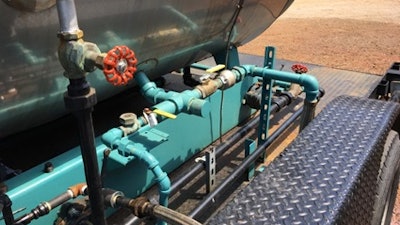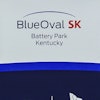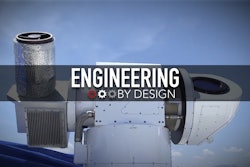
Proper valve design is critical for avoiding valve issues caused by steam condensate and condensate flashing (view photos in gallery).
Unfortunately, though, any plant utilizing a steam-powered device is susceptible to steam condensate accumulation regardless of the specific industry. To ensure a fully functioning steam system, it’s important to collaborate with a trusted, experienced valve and fluid systems expert during the design process. Be sure to access CAD files to test the solution against your system’s needs, and gain insight from the professionals you’ve recruited throughout every step of the process.
With more than 70 years of experience in valve and fluid systems, DFT Inc. serves a wide range of industries, from chemical processing and power generation to mining and textile production. To help companies avoid problems associated with steam condensate, they’ve compiled some tips, outlined below, for identifying, preventing, and solving steam condensate issues.
Preventing Steam Condensate Issues
Keep in mind that steam condensate is an inevitable byproduct of any steam process or system; problems arise when steam condensate is not handled properly. Issues of accelerated corrosion, reverse flow, or steam condensation flashing, all can lead to dangerous pressure spikes and, ultimately, lower-quality products and possible equipment failure.
Accumulation of steam condensate can be caused by a few different scenarios. Usually, condensate is drained back by gravity to a steam condensate pump, so low points in the steam and condensate lines needs very careful examination. Machinery designed with improperly or oversized components (pipes and valves) creates the opportunity for steam condensate to accumulate.
Following best practices and establishing preventative maintenance measures, such as designing, implementing and maintaining a high-quality piping system, are the best ways to manage steam condensate. Systems should be designed to flow the condensate back to a condensate pump, that in turn will return the liquid to the original boiler. This practice of recycling the fluid will reduce energy and water usage; while improving product quality and reducing the risk of condensate flashing.
Selecting Reliable Components for Steam-Powered Systems
A reliable, successful steam-powered system depends on quality components.
DFT’s line of spring-assisted in-line check valves are designed to work in the specialized environment of steam condensate management. Their Silent Check Valves (SCV) line, for instance, can be customized for very low cracking pressures, which are typical in condensate lines, and can also be adapted for water hammer prevention applications and steam condensate piping systems. DFT valves are designed with ASTM A351 CF8M for the valve body and seat, ASTM A240 - 316 for the disc, and Inconel X-750 for the spring. Custom material options are also available, including Alloy 20, Hastelloy C and Zelon seals.
To learn more about how to build a reliable fluid system and successfully utilize valve technology to avoid steam condensate and water hammer, contact DFT.






















